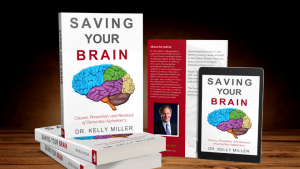Neurobehavioral disorders have exploded in our current generation. ADHD is diagnosed in a significant portion of school aged children. A research survey of parents shows that approximately 11% of children 4-17 years of age (6.4 million) have ever been diagnosed with ADHD as of 2011. Autism statistics from the U.S. Centers for Disease Control and Prevention (CDC) identify around 1 in 68 American children as on the autism spectrum–a ten-fold increase in prevalence over the last 40 years. Studies also show that autism is four to five times more common among boys than girls. An estimated 1 out of 42 boys and 1 in 189 girls are diagnosed with autism in the United States. ASD is estimated to affect more than 2 million individuals in the U.S. and tens of millions worldwide. We are seeing many cases of anxiety and depression in kids as young as 4.
Many of these problems can be managed by balancing the brain and improving nutrition. By finding out what is over- firing and under-firing, we can offer a non-drug option to many of the families dealing with these health challenges. For many years the healthcare establishment had to guess what was happening in the brain of the patient. That no longer is the case. We can now find the cause with a painless 20-minute brain map, officially known as an qEEG or “Q” for short.
QEEG OR BRAIN-MAPPING
Common brain imaging techniqes such as MRIs , CAT scans and x-rays are built to measure brain structure. An EEG measures brain activity.An EEG uses surface sensors to detect the the brain’s electrical patterns (known as brainwaves). It is these electrical patterns, the brain’s activity, that is important to us. An EEG tells us what your brain is doing, moment to moment.Getting an EEG is non-invasive and painless. Much like a heart monitor which only records your heart rate, the sensors only record the electrical activity of the brain; it is not invasive in any way. Brain mapping was introduced more than 30 years ago as a means to measure and diagnose brain function. It has become a primary tool in neuroscience. QEEG’s are used in research centers all over the world to study ADHD, autism spectrum disorder, depression and bipolar disorder, PTSD, anxiety disorders, learning disabilities, and emotional conditions of every sort.
OTHER NEWS ARTICLES
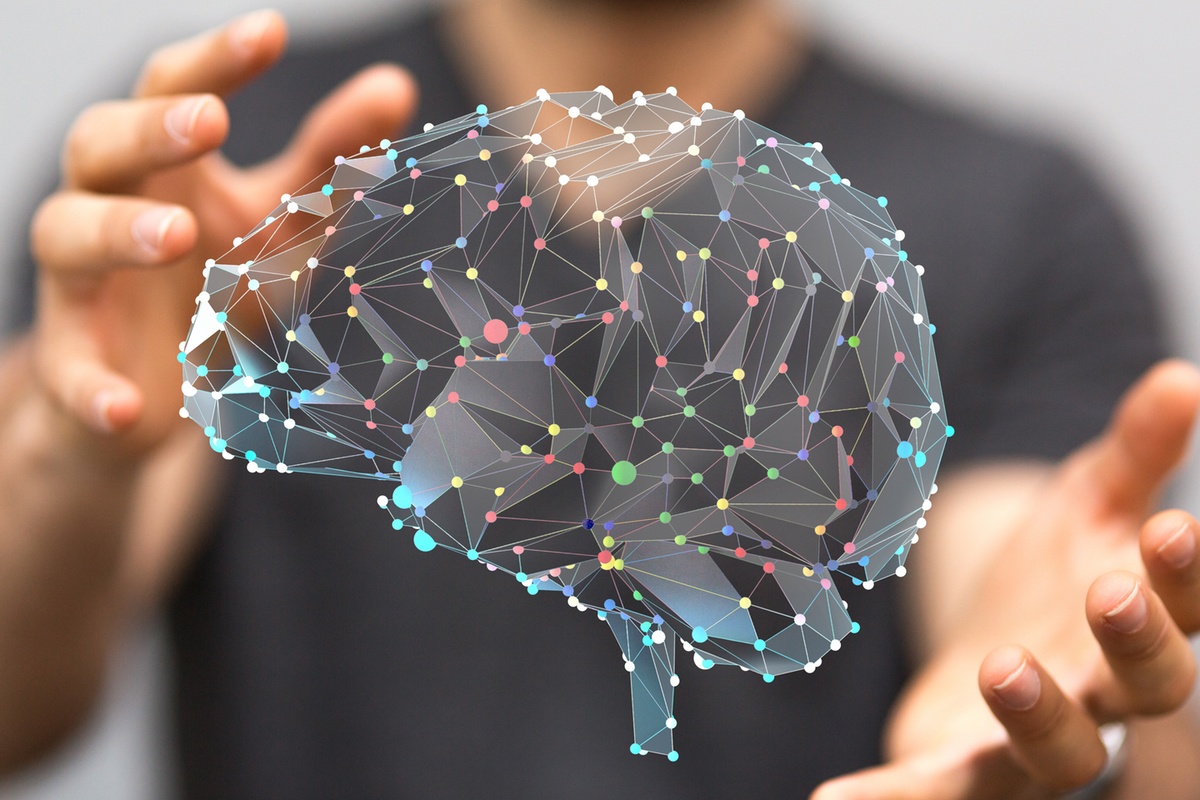
What is Neurofeedback and How It helps Brain Health
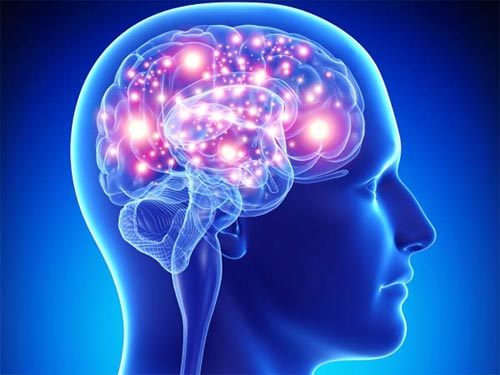
Inflammation Can Shrink Your Brain
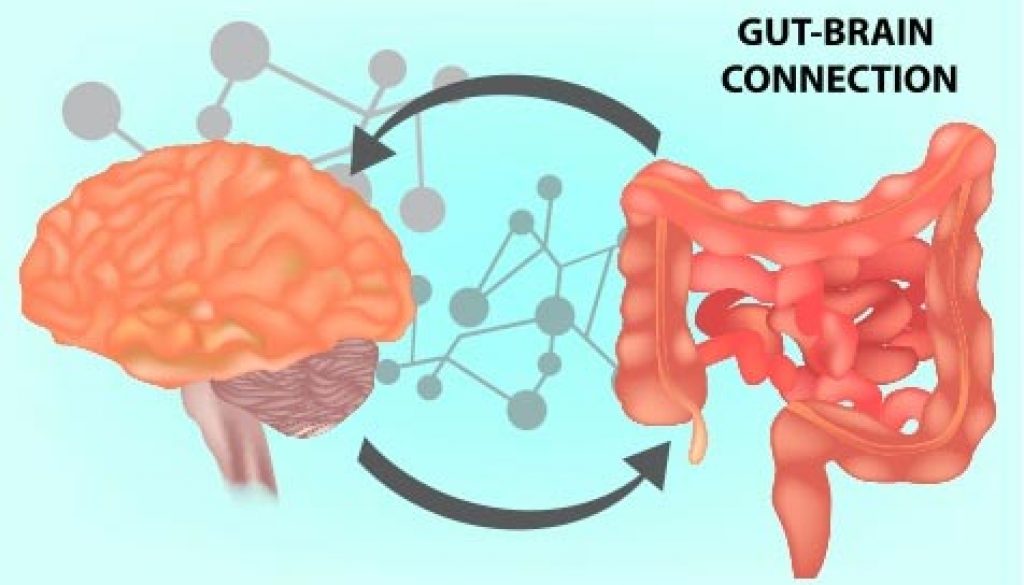
The Gut-Brain Connection Is Important For Mental Health And More!

Beyond Medicating The Brain: Why We Need a New Approach
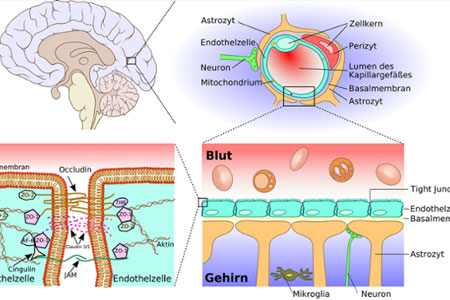
Do You Have A Leaky Brain?

The Seven Types Of ADD

The History Of Neurofeedback And Why It Is Beneficial In Treating ADD And ADHD
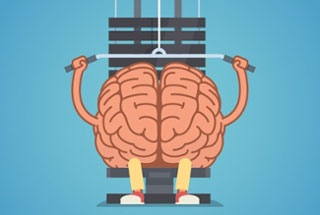
Balancing And Nourishing The Brain Helps Resolve Many Health Challenges

Clinic Studies On Neurofeedback – Make An Informed Decision For Drug Free Care
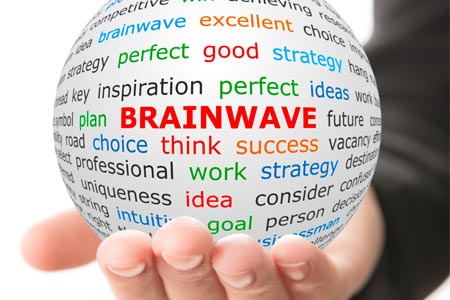
Brainwaves, The Key To Healthy Brain Function
[themify_layout_part id=239]
